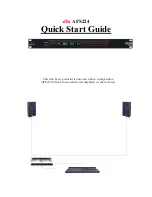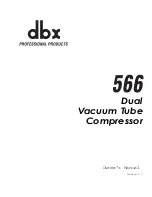
App-2
IM 2560A-01EN
Appendix 2 Example of Meter and Transducer
Calibration
Output Divider
When an analog meter is calibrated, the 2560A is used to output different voltages or currents so that
the meter needle can be adjusted to match the minimum and maximum scale marks and the scale
marks in between. The 2560A enables you to set the voltage or current output for the maximum scale
mark with the main setting and calibrate the different points of the meter by dividing the output, rather
than changing the main setting. For details on 2560A configuration, see chapter 5 or section 7.1.
Ammeter
0 A
Main setting (MAX) = 10 A
Main setting (MIN) = 0 A
n=0
m=4 Divider value: 0/4
Ammeter
5 A
n=2
m=4 Divider value: 2/4
Preset
There are two ways to calibrate an analog meter. One is to calibrate from the minimum value up,
and the other is to calibrate from the maximum value down. In either case, it is necessary to keep
the needle from exceeding the next calibration position when the meter needle is move to the next
calibration point. The 2560A enables you to set a preset to make the meter needle point to a position
short of the accurate scale position of the next calibration point when the voltage or current is output.
For details on 2560A configuration, see chapter 5 or section 7.2.
Ammeter
4.5 A
Main setting (MAX) = 10 A
Main setting (MIN) = 0 A
Use the output
divider move the
meter needle up.
Indicates a point that is
short of the calibration
point by the preset amount
















































